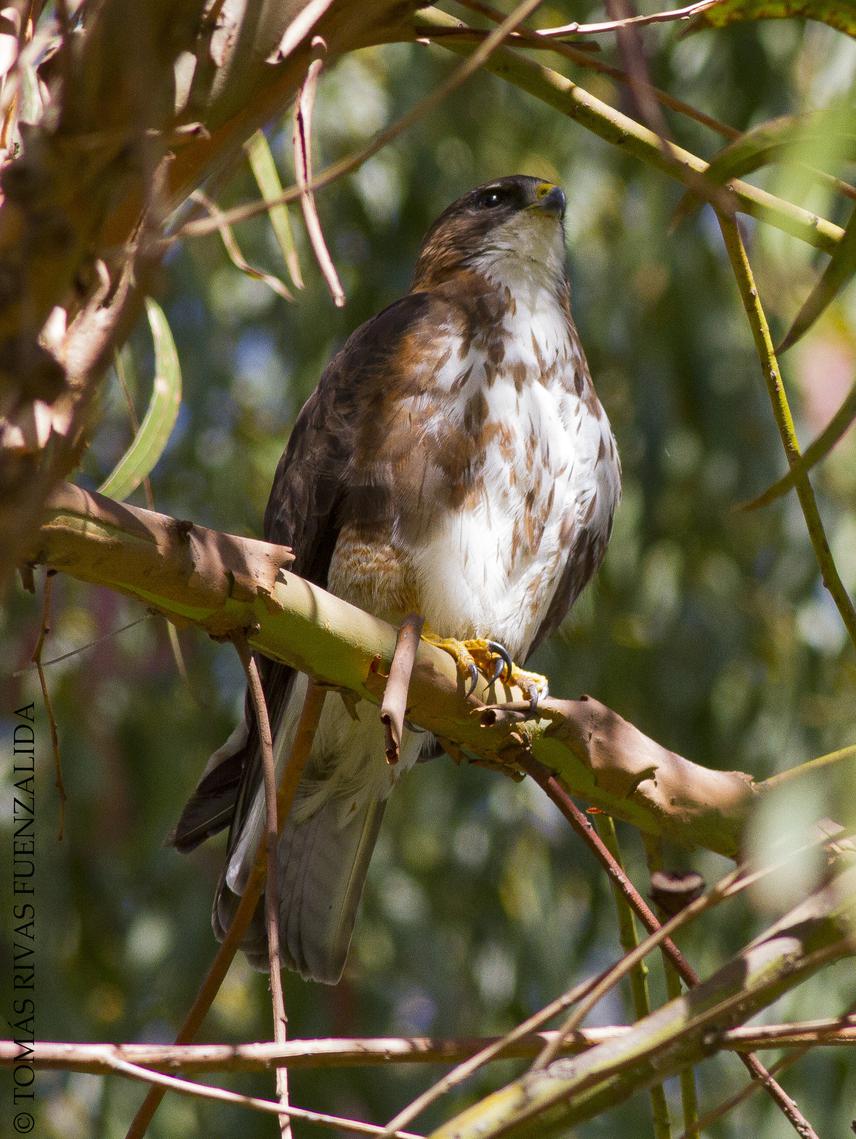Tomás Rivas Fuenzalida
Through this project, we will generate a wide network for long-term monitoring of endangered raptors populations in Southern South America

White-throated Hawk (Buteo albigula) - Adult female
Raptors have characteristics that make them vulnerable to changes in the ecosystem, such as low reproductive rates, requirement for large territories, and high energy demand, among others. Furthermore, some species usually consume domestic fowl, giving rise to conflict with humans. These conditions make raptors very sensitive to pollution, habitat loss and persecution. Because of these negative interactions, its restricted distribution and habitat specialization, some raptor species are threatened in southern South America. One of the most endangered groups are the forest-dwelling raptors, due to continuing habitat loss and degradation, and human-raptor conflict in southern Chile and Argentina. This group include three diurnal raptors: the Rufous-tailed Hawk (Buteo ventralis), listed as Vulnerable by the IUCN, the White-throated Hawk (Buteo albigula) and the Chilean Hawk (Accipiter chilensis), both listed as Rare in Chile and Argentina.
Up to now, the knowledge regarding population status and densities of these species remain very poor along their whole distribution range, and thus, meticulous prospections of breeding pairs is imperative to have a solid base for the protection of breeding grounds and future monitoring.
My aims are to gain knowledge about the distribution, population status, abundance, ecology and threats of endangered birds of prey in southern South America, and create a wide network for monitoring breeding populations and develop focused conservation actions such as environmental education, resolve the human-raptor conflict, influence on forestry legislation and management and the creation of new protected areas.
The results of my study will include the most extensive population data of diurnal forest-dwelling raptors of the austral temperate forest ecoregion, new information about several aspects of their natural history and the first direct actions focused on the effective conservation of this poorly known group of predators.
Header: Chilean Hawk (Accipiter chilensis) - Juvenile.